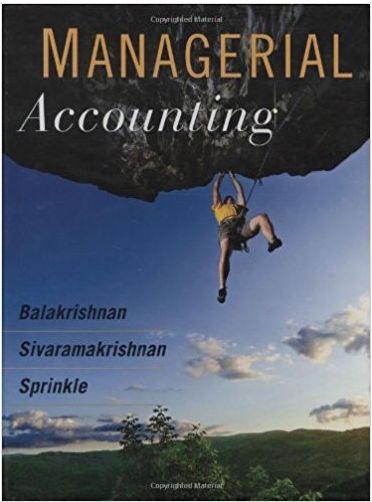Jen Ahrens is a part-time artist who produces exquisite Japanese calligraphy prints on rice paper. Jen typically
Question:
Jen Ahrens is a part-time artist who produces exquisite Japanese calligraphy prints on rice paper. Jen typically makes 50 prints per month and sells most of the prints for $75 each. Jen estimates that the variable cost of the paper and supplies amount to $8 per print and that her monthly fixed costs (the studio and utilities) amount to $250. (Jen’s fixed costs are low because she works in a small room in her home.) Finally, Jen has each print framed and pays a local framing shop $25 per print for this service.
Due to a slowing economy, Jen’s sales have slumped. Jen has only sold 30 prints in each of the past three months, and she believes that the demand for her prints will remain at 30 a month for the foreseeable future. Accordingly, Jen has reduced her production to 30 prints per month. Jen ruled out lowering her price because it will take her below the “price point” for her target audience, and she worries that reducing the price would lead customers to believe that her work is of low quality. Rather, Jen seeks your advice regarding doing her own framing. Jen believes that it would only cost her $10 per print to frame her own work and that she could do as good a job as the framing shop.
Required:
a. Does Jen’s decision deal with excess supply or excess demand?
b. What is the cost of Jen doing her own framing versus having it done by a framing shop?
c. Assume that Jen will only be able to produce 15 prints a month if she does her own framing. How does this information affect your answer to part (b)? For simplicity, assume that Jen either frames all or none of her prints.
Step by Step Answer:

Managerial accounting
ISBN: 978-0471467854
1st edition
Authors: ramji balakrishnan, k. s i varamakrishnan, Geoffrey b. sprin





